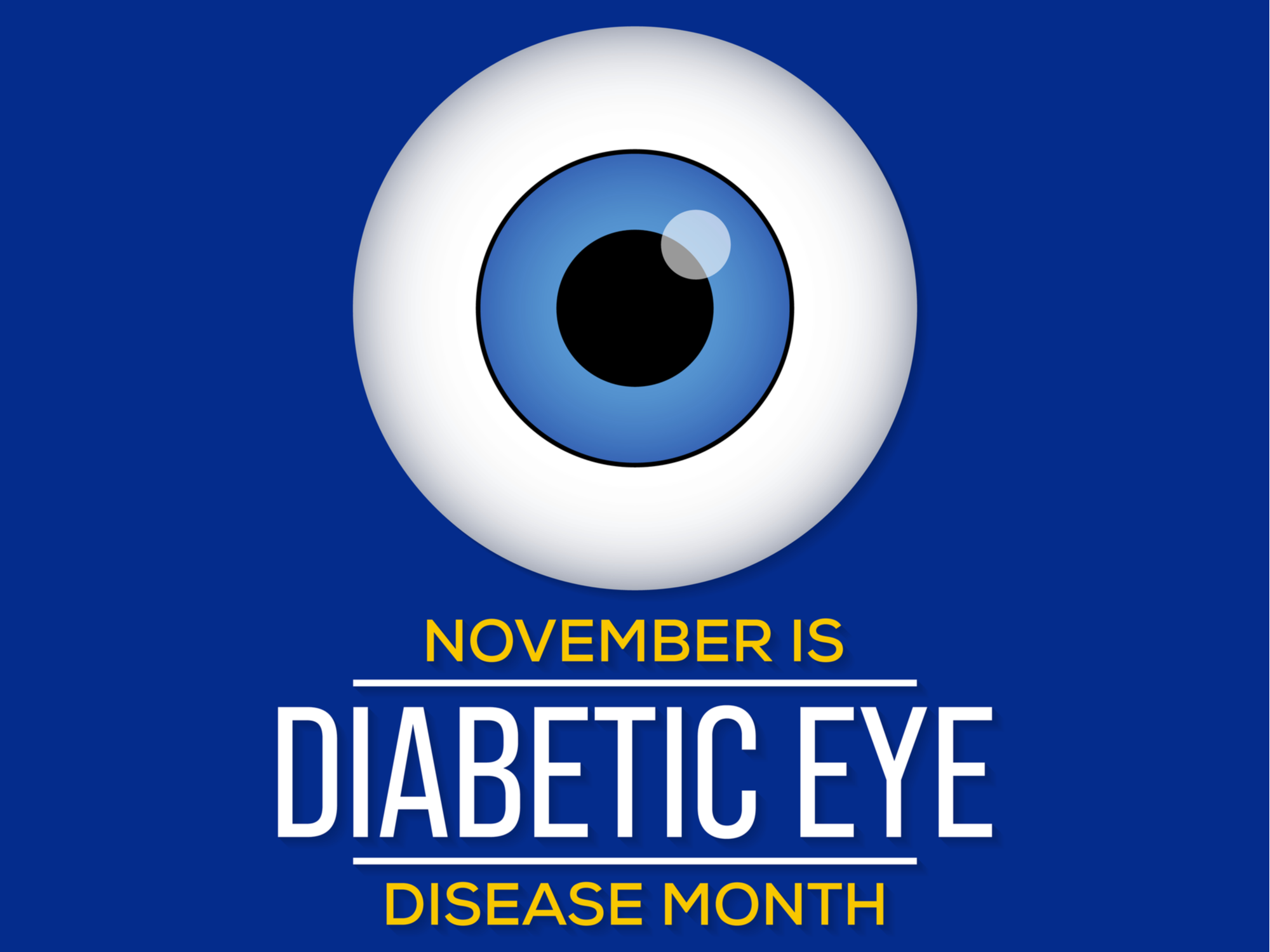
There are more than 34 million people in the United States diagnosed with diabetes. But did you know that 1 in 5 of these patients don't even know they're living with the disease? With diabetic eye disease and all the other health risks associated with poorly managed blood sugar levels can pose, it's no wonder an awareness month is necessary for diabetes.
Here are some things you should know about this chronic health condition and how it can lead to eye problems:
What Is Diabetic Eye Disease?
People with diabetes are at an increased risk of developing cataracts at a younger age. They're also twice as likely to develop glaucoma compared to non-diabetics. Nevertheless, the primary eye problem caused by diabetes is known as diabetic retinopathy. It's the leading cause of low vision and new cases of blindness in adults aged 20 to 65 years old.
Retinopathy is a general term used to describe damage to the retina. This is the thin, light-sensitive layer at the back of your eye. A patient may develop diabetic retinopathy when damage occurs to the tiny blood vessels that nourish the nerve cells and tissues in your retina.
Common Symptoms of Diabetic Eye Disease
There are usually no signs when a diabetic eye disease starts. You may not notice anything without regular checkups with an eye doctor. Even during the middle stages of this eye problem, you may not know that you already have diabetic eye disease. You may experience decreased vision, though, once the condition progresses to moderate or severe stages. These include blurry or double vision and blind or blank spots in your field of vision. It's also possible to see flashing lights (which may suggest retinal detachment) and dark or floating spots in one or both eyes.
Risk Factors for Diabetic Eye Disease
It doesn't matter whether you've been diagnosed with diabetes as a child or as an adult. You will be at risk for developing diabetic retinopathy, and the risks go up the longer you have diabetes. You will be at a higher risk if you have poorly managed diabetes. The higher your blood sugar levels are, the worse your diabetes can get, and the higher the risk. Genetics and other health diseases like kidney disease and high blood pressure are risk factors, too.
Diagnosing Diabetic Eye Disease
Your doctor can only detect diabetic retinopathy through a comprehensive eye examination. They look for early signs of the disease, such as macular edema or swelling, leaking blood vessels, fatty deposits on the retina, damaged nerve tissues, and any changes to the retinal blood vessels.
Eye doctors generally recommend several procedures to diagnose diabetic eye disease. These include visual acuity test, dilated eye examination, tonometry test, fluorescein angiography test, optical coherence tomography test, and Amsler grid test.
What Now?
November is a time when communities across the U.S. collaborate to bring attention to diabetes. For this year's National Diabetes Month, the focus is on prediabetes and how to prevent the disease. Are you wondering what small lifestyle changes you can do now to prevent diabetes and even reverse prediabetes? Call the Eye Care Center today for tips and ideas to help you take charge of your health at any of our clinics in Fridley, Maplewood, and Maple Grove, Minnesota at 763-308-8440, 651-777-3555, or 763-420-6981.

















